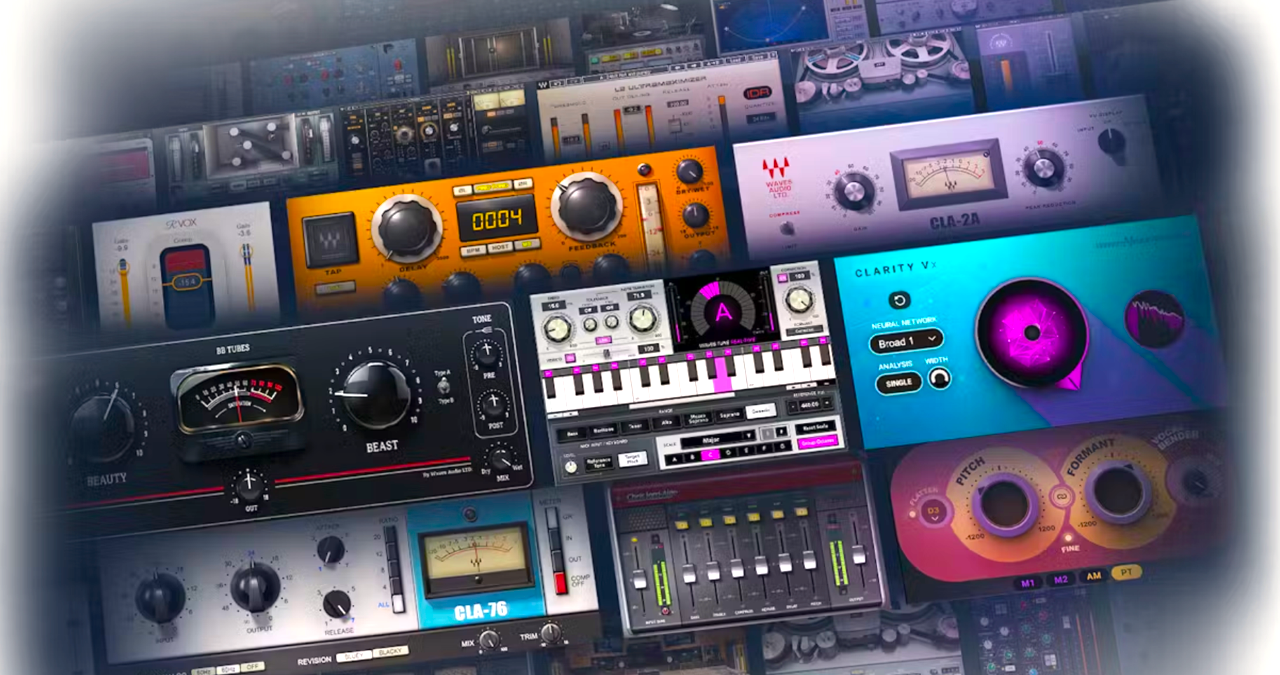
Most of us probably don’t remember entering this maze and yet here we are, stuck paying monthly and yearly for plugins that we will never own - and may not even be using all that much. It used to be that if you wanted a plugin, you paid for it all up front. If you couldn’t afford it, you saved up, bought a cheaper alternative, or downloaded a freeware plugin that could do broadly the same thing.
As I write, it's 2024 and the amount of subscription plugin packages is through the roof. Almost every company, from mega-conglomerates down to scrappy independent developers, now offer some kind of subscription package.
Whether single instrument, plugin bundle or monthly sound subscription, it’s becoming increasingly rare to find a company that doesn’t offer some kind of monthly payment plan.
Access to some of the best music-making software is (technically) now more affordable than ever - and yet few seem to love what the market has become.
“All subscription models are from Satan and there is a special place in hell for those people in charge that went for this business model”, said YouTuber Espen Kraft when asked his opinion on subs, adding: “I loathe them”.
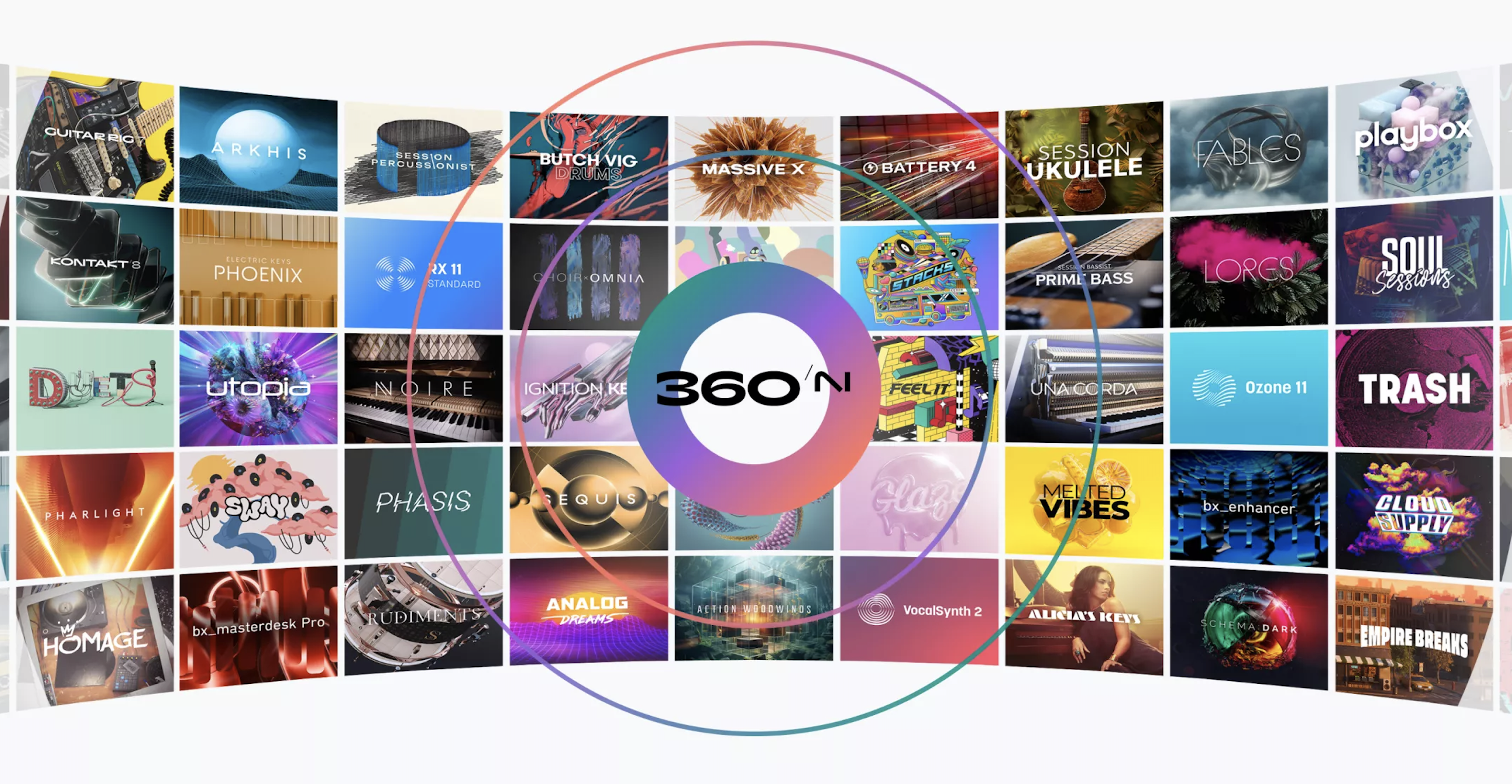
How did we get here?
Many of the producers who responded to our call on social media felt the same as Espen, with varying degrees of vitriol.
Steve Heithecker, Senior Instructor and Student Advisor at music production school Pyramind Institute, confirmed this sentiment. “I think the dislike of subs is almost universal”, he noted. “While it’s true that older musicians vociferously dislike them, most of our younger demographic feels the same way. I’ve not known too many folks that actually speak up to either defend this model or support it”.
A few developers found out about this lack of support the hard way when they abruptly changed to a subscription-only payment model. Waves Audio was forced to back pedal on its sub-only Waves Creative Access after its announcement was met with a massive backlash. Minimal Audio too suffered the wrath of the internet when its subscription-only flagship synth Current debuted, soon reversing its decision. More recently VCV Rack got some blowback for its subscription plan, VCV+, chiefly for the pricing, which exceeds the perpetual license price within eight months.
How did it come to this? Back in 2007, when Netflix was still sending out DVDs in the mail and sample packs were purchased one at a time, entrepreneur Tien Tzuo predicted that subscription pricing for consumer goods could someday become a thing. To service these future companies, he launched Zuora to handle billing and other infrastructure for companies operating on a recurring revenue model.
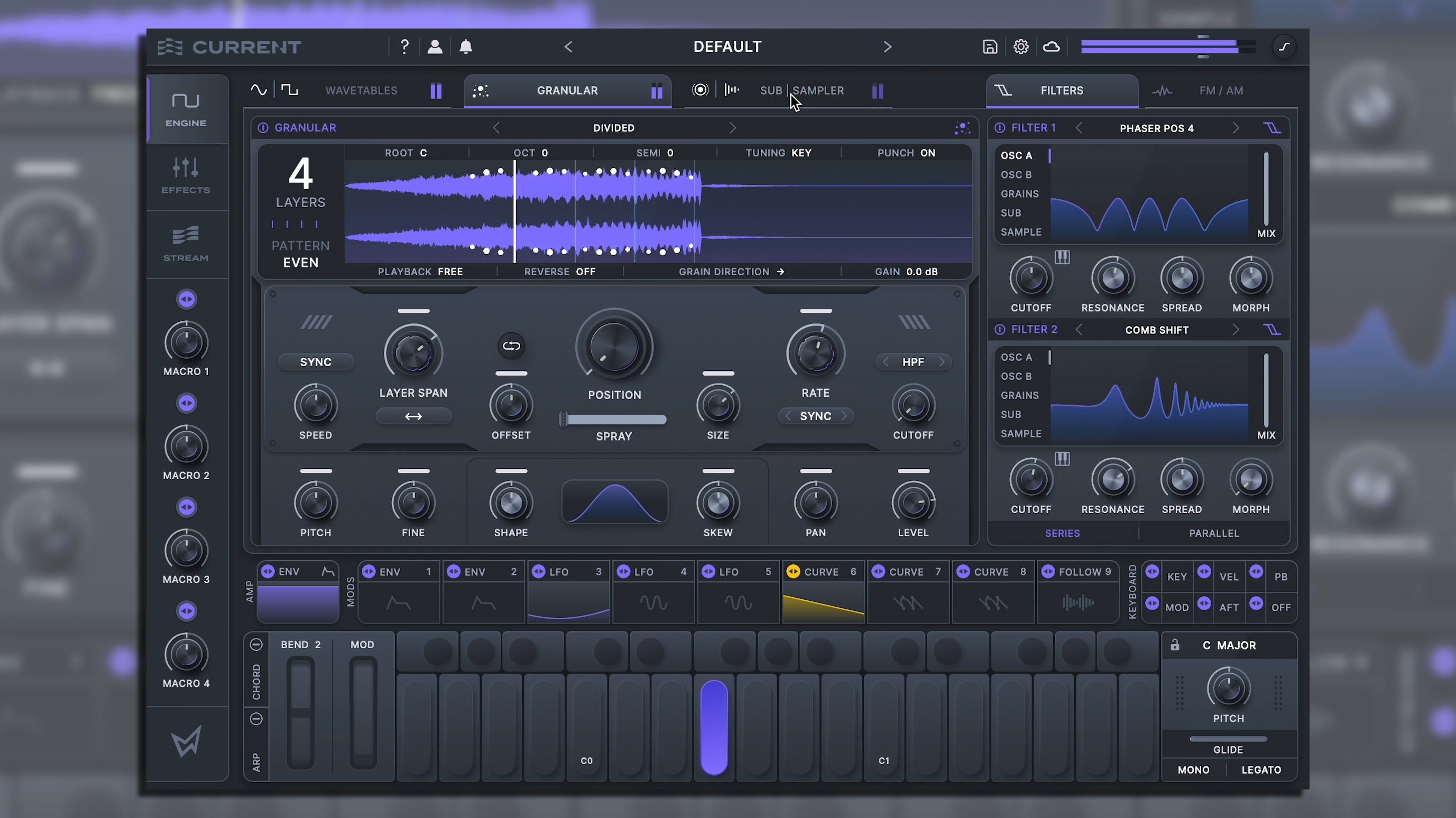
Types of subscription service
There are now three basic types of subscription service in play: replenishment, curation and access. The vast majority of plugin subs fall into the access category. Take Splice, for example. Launched in 2013, it was one of the first companies in the music production sector to adopt the sub model.
Splice has a massive library of samples and grants you use of it - access - for maintaining a subscription. Roland Cloud, UAD Spark, FL Cloud and most others have similar models. What you get access to may be different, but the gate-keeping approach remains the same.
And it’s not going away anytime soon, either. On its most recent ‘State of the music creator economy’ report, business analyst MiDIA noted that subscriptions “will become far more prevalent … up from a quarter of software, sound and services revenues in 2022, to nearly a third in 2030”. This is despite more general macro-economic pressures like inflation and a rising cost of living. The reason? More people are making music all the time. And developers are keen to make these newbie producers into long-term customers.
“More music is being released today (in a single day) than was released in the calendar year of 1989”, music business economist Will Page, former Chief Economist of Spotify and UK performing rights agency, PRS for Music, told us. That is an incredible fact. Let this sink in: more new music is generated in a single day now than in an entire calendar year just a few decades ago. “And more of that music is being done by artists themselves”, Page continued, “meaning there's even more demand for music production software”.
MiDIA’s findings support this. In 2022, there were 75.9 million music creators, a 12 percent increase over the previous year.
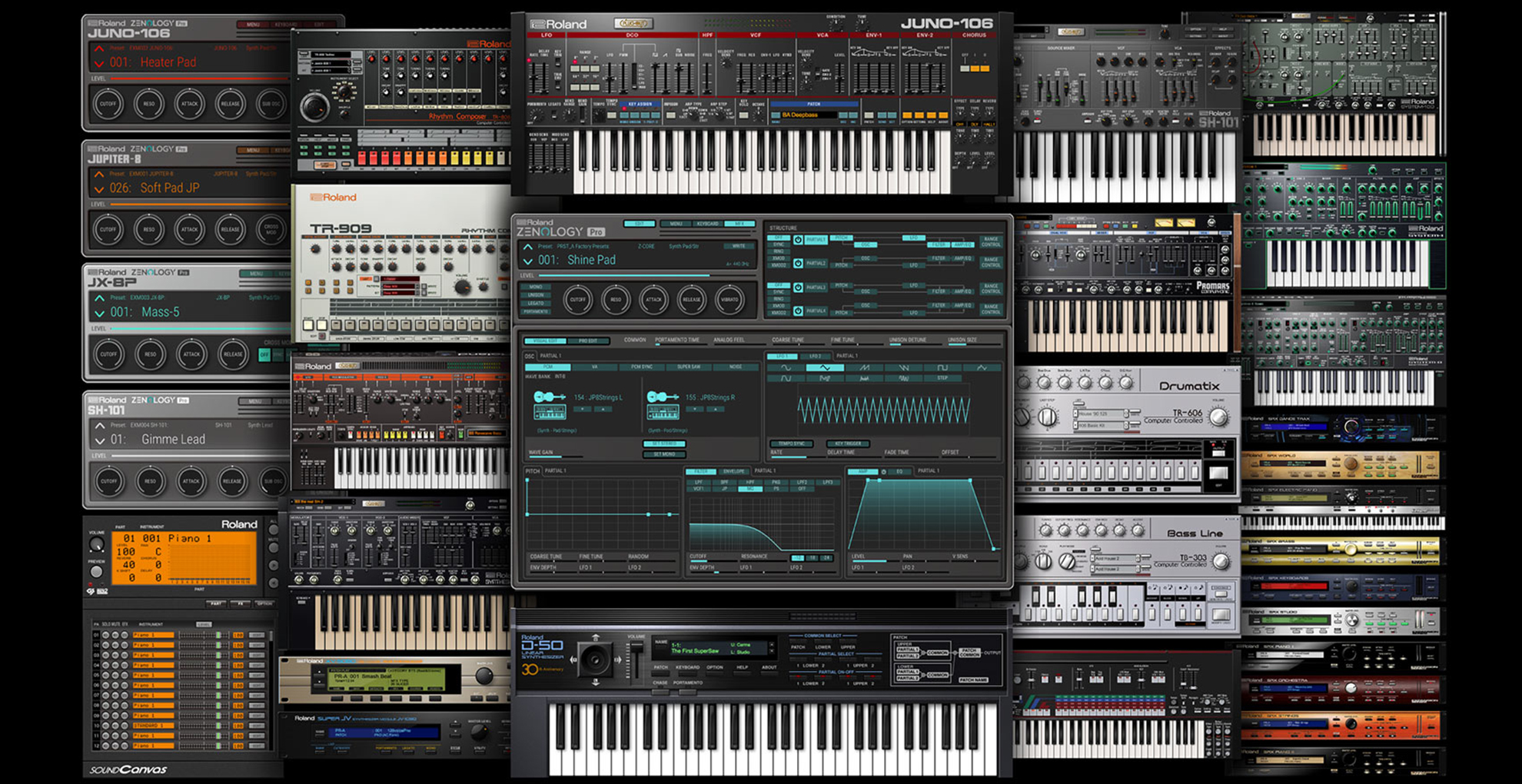
However, the analyst projects that that number will balloon to 198.2 million people by 2030, fuelled in part by a rise in what it calls consumer-creators. “Consumer-creators transformed photography (Instagram) and videography (TikTok); music will be next”, the analyst predicted in a blog post.
Think music for social media, and not streaming, with songs directed at following fans rather than a more traditional audience. “Not only will casual music creation become mainstream, it will trigger an unprecedented widening of the music creator economy funnel”.
One way that software developers will be able to tale advantage of this “unprecedented widening of the music creator economy funnel” is with subscription services. Companies like subscription models for four reasons (as outlined by B2B subscription management company, Recharge).
1: Sustainability - Recurring revenue makes for a stable business environment.
2: Long-term relationships - Regular payments help foster customer loyalty.
3: Predictability - “This model helps companies make more accurate growth predictions, forecasts, and predictions around performance metrics,” said Recharge.
4. Flexibility - Having a subscription model makes the business more adaptable to customers’ needs.
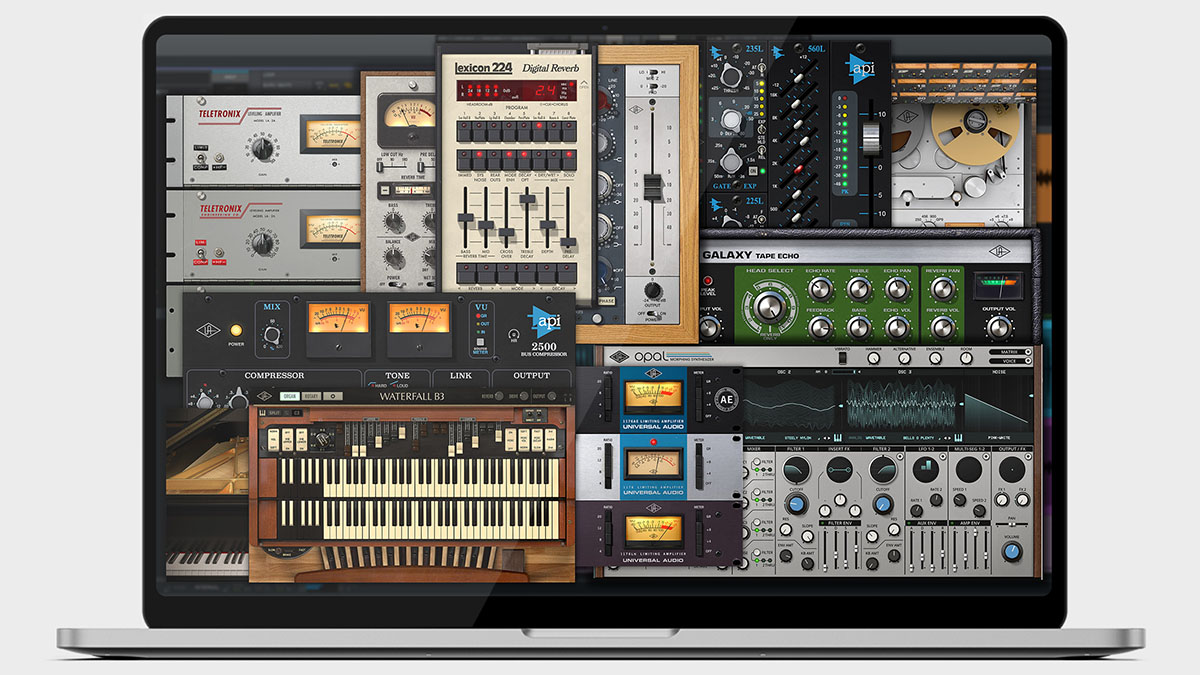
Why are subscription services attractive to companies?
When asked why subscriptions may be attractive to companies, Jennifer Hruska, Assistant Chair, Electronic Production and Design at Berklee College of Music, referenced points one and three: “For companies, the primary reason is likely because it provides a more stable revenue stream than one-time sales. When I owned my software plugin company SONiVOX, it was typical for us to release a plugin and see a large initial peak in sales but then have it steadily drop off. In addition, you never knew how popular a particular plugin was going to be so predicting the revenue was difficult. Subscription models, on the other hand, can smooth out that revenue stream and allow cash flow and business planning to be more consistent”.
Steve Heithecker of Pyramind Institute has a slightly more cynical take on it: “Software companies have followed the lead set by Wall Street. Recurring revenue is very sexy right now. Everyone wants in on it. People often also forget they have the subs and then it's a bit like free money for these companies when they auto renew”.
To wit, Zuora once said, “At the heart of the subscription economy is the idea that customers are happier subscribing to the outcomes they want, when they want them, rather than purchasing a product with the burden of ownership”.
But do any of us really think of ownership as a burden? Companies may want to believe that but most consumers will tell you the opposite. A recent AskReddit discussion on 'What quietly went away without anyone noticing' brought-up some opinions on the subscription-model paradigm. A user called jaxiti1264 said: “Ownership. We used to pay money and then the thing actually belonged to us. Now everything is rented or leased. Everything is sold ‘as a service’. Music as a service. Movies as a service. Software as a service. Even printer ink as a service. We spend and spend and in the end we hold nothing in our hands”.
Subscription fatigue
This loss of ownership of plugins feels almost like an existential conundrum, with the very thing that helps make real our passion - the tools we use to make our art - denied us without a monthly fee. Unable to make a payment? Your music is now held hostage by the plugin company until you can scrape up the means to pay the ransom. It’s no wonder many feel so strongly about the subscription model.
Another issue that producers are facing is subscription fatigue. With more and more facets of daily life heading towards a subscription model - music, movies and television, Amazon Prime, groceries, and on and on - piling on music production subs can feel like a real stressor.
Sharooz Raoofi is the head of indie software developer Wavea and beat marketplace Wavetick. Neither outfit currently offers a subscription payment option. “I believe there is demand for a subscription model in both ventures,” he told us, “but I also think our pricing is significantly lower than that of our competitors - we do this deliberately - in order to encourage upfront sales. We’re also conscious of the sheer volume of subscriptions available to creators now. It does at times feel disingenuous to add yet another to the pile, given how many offerings sit idle.”
Greg Portell, lead partner at Kearney, a global consumer practice of strategy and management consulting firm, told Forbes, “In a highly inflationary world, (consumers) are going to have to cut their budgets somewhere so those automatic purchases are not so automatic anymore and become much more discretionary.”
When faced with whether to buy food or pay for another month of access to plugins, it’s the plugins that are probably going to suffer - and possibly even lead to dissatisfaction with the software developer for ‘trapping’ them in a subscription in the first place. And data shows that subscribers tend not to downgrade plans, they just cancel outright.
It’s clear that we need something beyond just ‘access’. Looking back at those four reasons for adopting subscription models, it seems that companies are not adequately leveraging reason number four: flexibility. Most plugin companies have yet to pivot away from the basic access model - and with fatigue and resentment on the rise, it might be time for developers to take another look at that.

According to Zuora, the folks that kicked this all off to start with, the subscription model is not over, it’s just “entering a new phase.” Like MiDIA, who sees subscriptions expanding to occupy a third of all plugin revenue by the end of the decade, Zuora also predicts renewed subscriber growth. But to achieve this, companies also need to get past a high-price model.
“Customers have outgrown this first wave of services,” the company said, “As businesses are looking for a way to navigate this inflection point, some are doing one absolutely wrong approach: Reacting by raising prices. That isn’t sustainable and could actually make matters worse.”
Raoofi, a big believer in keeping prices affordable, echoed this sentiment. “Developers need to be sensible with their pricing. It’s simple business economics that is often overlooked, particularly by legacy companies and bigger corporations. I can’t remember the last time I spent more than $100 on a plugin and I buy a lot of software!”
Instead, Kuora advises companies to consider offering more than just basic access: “(This) can take shape in numerous ways, including bundling and unbundling subscriptions, offering consumption-based pricing alongside subscription models, one-off top-ups, freemium products, and per-use credit systems.”
Not all of these suggestions may be applicable to music software. Offering perpetual licenses alongside subscription models, however, remains attractive to users.
Why rent-to-own is a solution
Even better is a model that already exists but remains largely untapped: pay-to-own. This lets customers essentially subscribe to a piece of software while also working towards outright ownership, a big sticking point in this whole equation.
“Broadly I think it’s positive to offer an option to buy plugins on a subscription model,” said Sharooz. “I do think some form of ownership/drawing down a balance toward the overall cost of the product is essential, otherwise you’re paying merely for access and end up with a hefty bill over the years.”
Rent-to-own is the best of both worlds - for customers as well as developers. Customers can pay a little at a time and work towards all-important ownership while developers get the stability and predictability having regular payments brings.
This is the model that Minimal Audio switched to with Current, giving you store credit in an equal amount to money paid in a subscription, and it seems to have made many customers very happy. Splice also offers a number of software titles as rent-to-own, including Xfer Records’ popular Serum along with plugin titles from Arturia, iZotope, Korg, and more.
The time to get this balance right is now. If economists’ predictions come true, more than 100 million new cash-carrying producers will be joining our ranks by the year 2030. Developers, do you want them to love you or hate you?
“As far as the future goes,” summed up Steve Heithecker, “I would think that if companies don’t listen to their user base, their software will be pirated. The old days will come back. I also think there will be a market for companies that promote a straight-up purchase to stand apart. There are a few now but that could increase if the backlash continues.”







